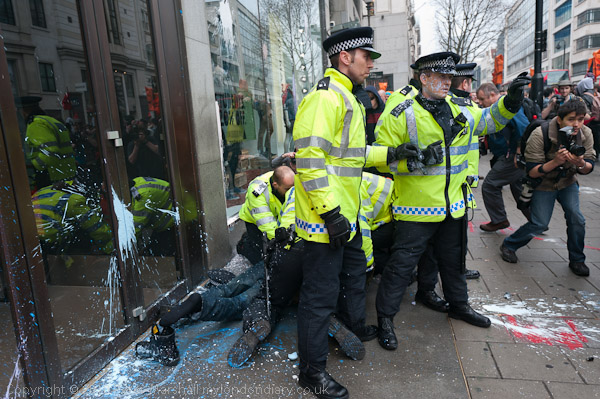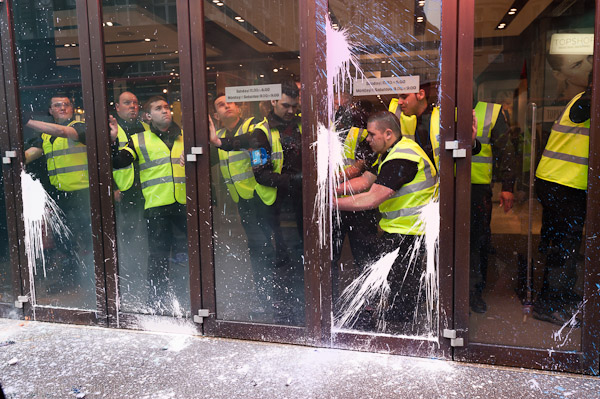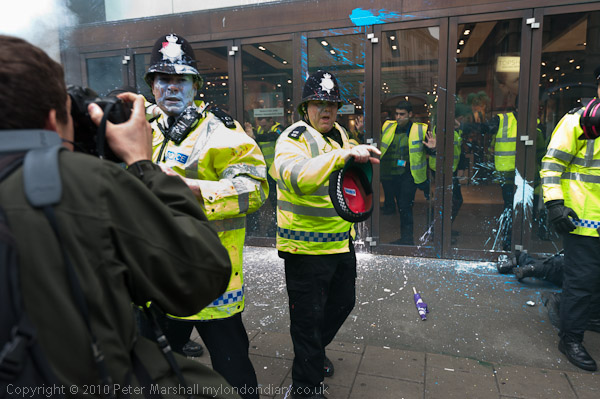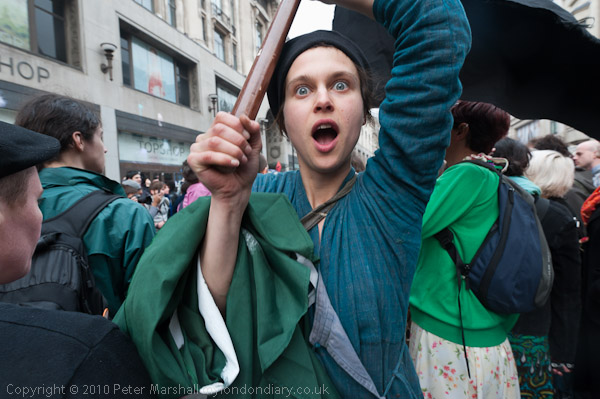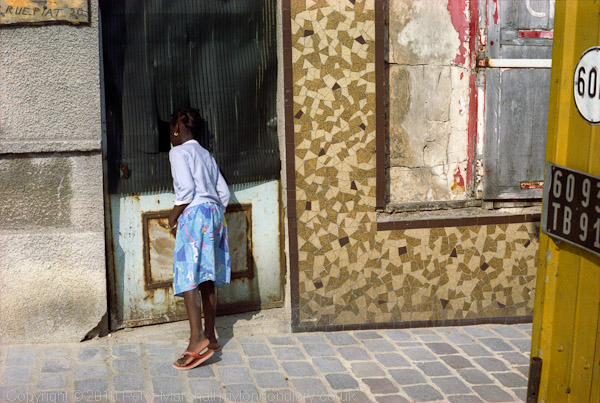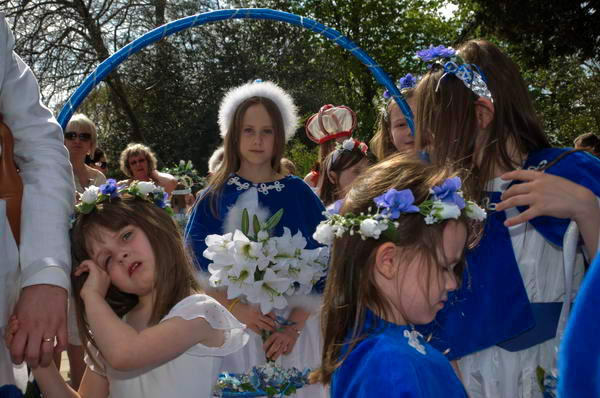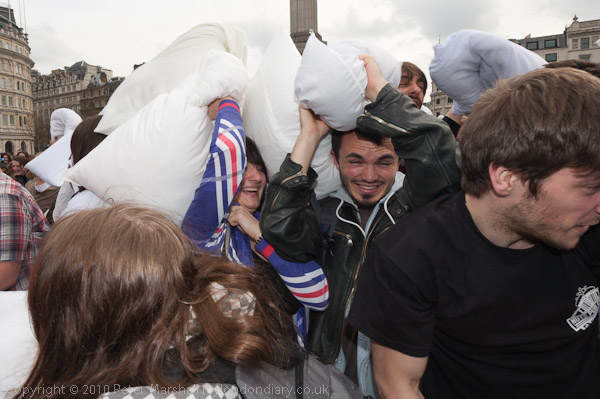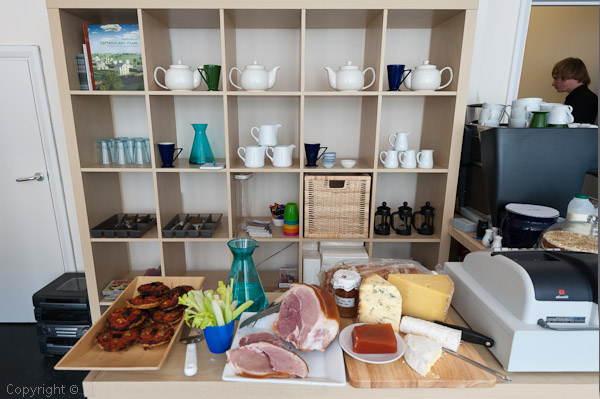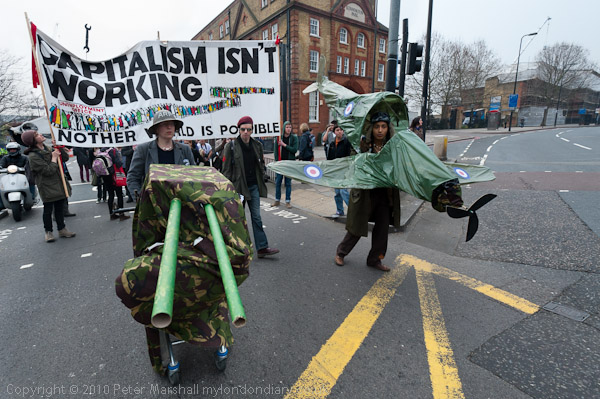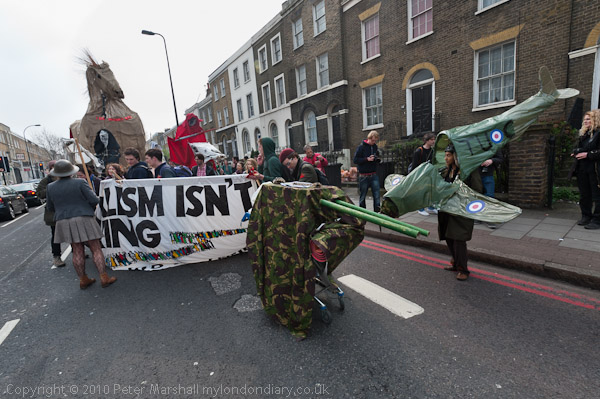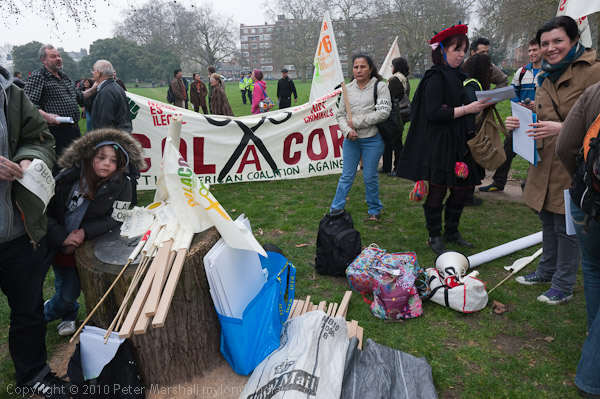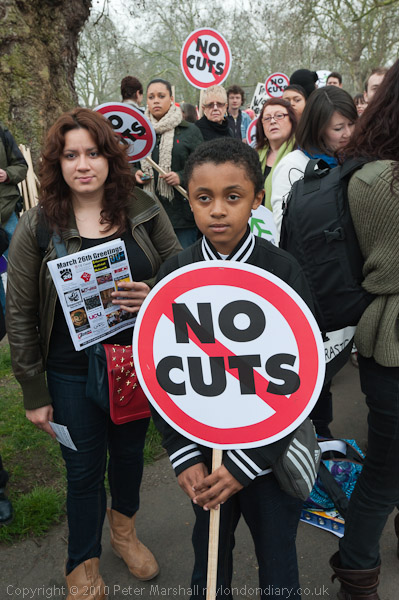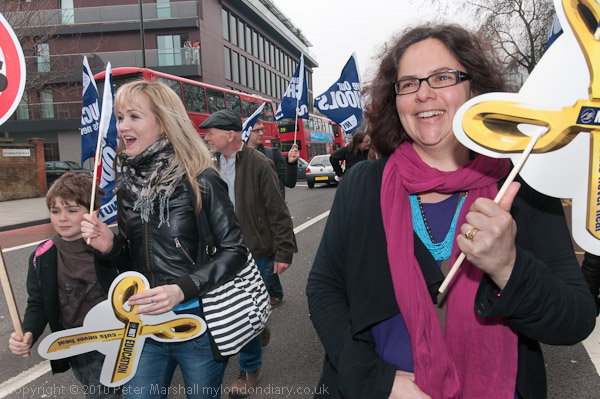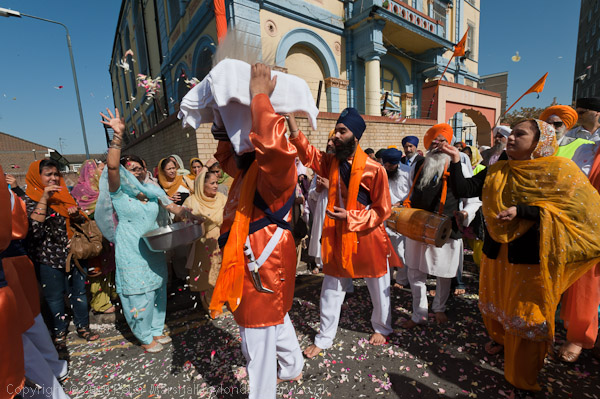
I think I would have been fairly pleased with the pictures I took on Saturday of the Vaisakhi celebrations in Woolwich if I hadn’t photographed similar events at half a dozen other Gurdwaras in previous years. Certainly I enjoyed my visit – and I wonder why so few people seem to venture inside their local Gurdwara when these events are taking place. Of course you can see the processions on the street, and certainly quite a few people other than those taking part do stop to watch the spectacle, but it is even more interesting to make your way inside. I’ve always been made to feel welcome.
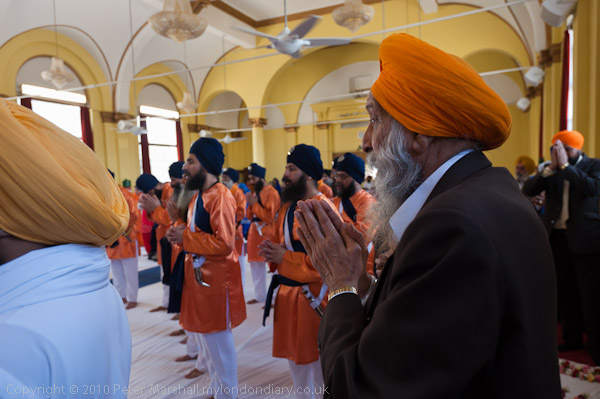
There were times during the prayers in particular where I felt the noise of my D700 in particular was too obtrusive (it has a sharper sound than the D300) and I stopped taking pictures, but otherwise I could photograph fairly freely. Of course in photographing any religious event you need to have a certain respect and to observe some of the practices – and it can be very difficult to know exactly what limits there are. Inside the Gurdwara you need to cover your hair in an appropriate way – and there will be scarves provided if you don’t have one, and there will be at least some areas where you need to remove your shoes – and generally there will be notices to tell you and somewhere to leave them, although if possible I put mine inside my camera bag as I don’t then need to stop to pick them up on my way out and perhaps miss a chance to take pictures by doing so. This time my boots wouldn’t fit in my bag so I left them in the racks and it wasn’t a problem as things moved relatively slowly, partly because the Khalsa also stopped to change into trainers before going out of the Gurdwara rather than walking barefoot through the streets.
It helps to understand the reverence that the Sikhs have for their ‘eternal guru’, their holy book, the Guru Granth Sahib, which of course plays a vital part in these processions, where it is brought out and carried around the neighbourhood on a float.
The Gurdwara I was visiting had a number of generally helpful points in its ‘Visitor’s Guide’ on the web, one aimed at photographers: “Care must be exercised by photographers during service so that the Guru Granth Sahib is faced at all times.”
It’s something that needs a little interpretation in practice, but certainly you need to show a proper respect. It helped me that there were Sikhs videoing and photographing the event and I could at times work beside them when otherwise I might have been unsure about what was acceptable.
Fortunately the GUrdwara was fairly well lit, with large windows on both sides, although these did make for a few minor problems with exposure. Although I needed flash for a few pictures, to keep on using it throughout the proceedings would have seemed to me too obtrusive. I would have been better setting a higher ISO on the D300 which I was using with the 28-105, as quite a few pictures were lost through camera shake. For some reason I’m not sure of, I also seemed to be having some focussing problems with this camera – something I need to look into carefully later.
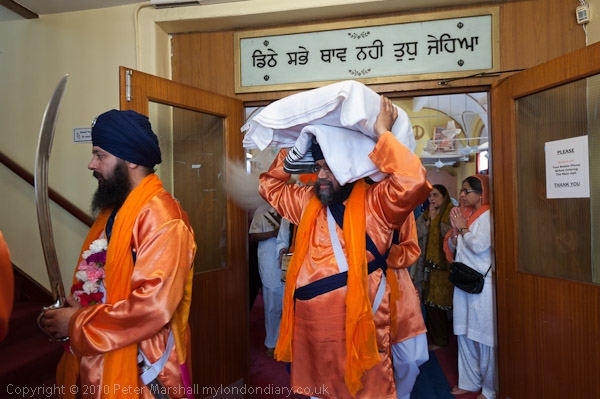
To get really good pictures you need a little luck and the right geometry in terms of where you can stand in relation to things that are happening. I’ve often stressed the importance of standing in the right place to take pictures, but sometimes either there just isn’t a right place or if there is I can’t find it. Nothing quite came together for me on Saturday, either inside or outside the Gurdwara, although there are a few pictures I quite like – largely because of the people – nothing that really grabs my attention, and I think I’ve done better in earlier years.
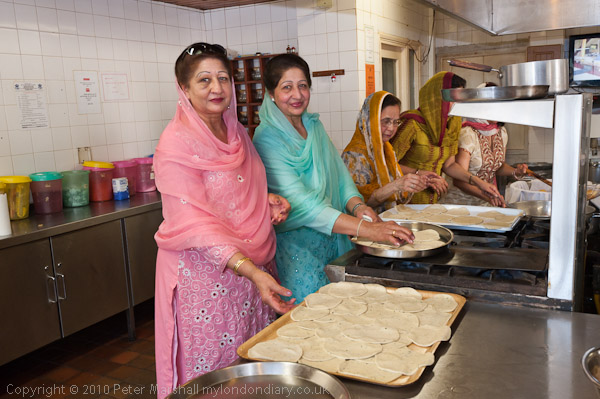
See more from this year’s Vaisakhi Celebrations in Woolwich. In 2009 I photographed Vaisakhi both in Hounslow and Slough, and you can find work from earlier years either on the site search or index pages of My London Diary.
